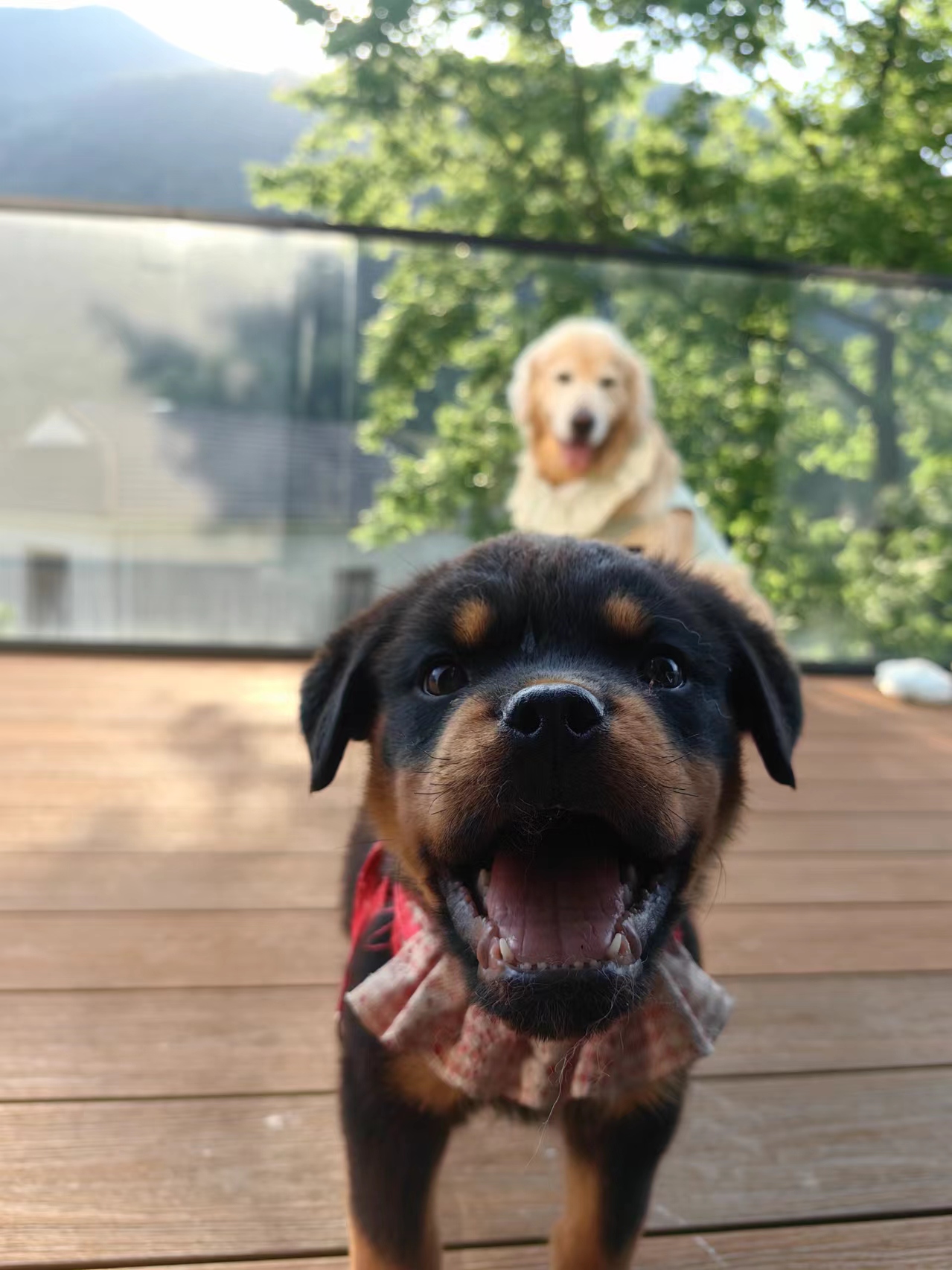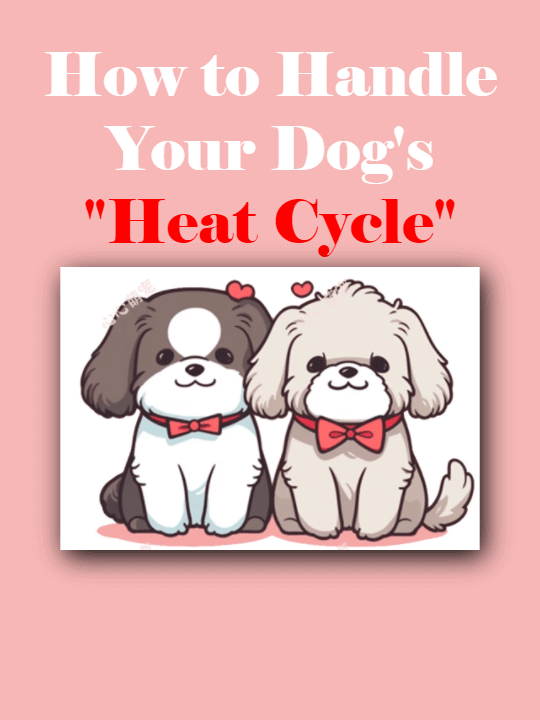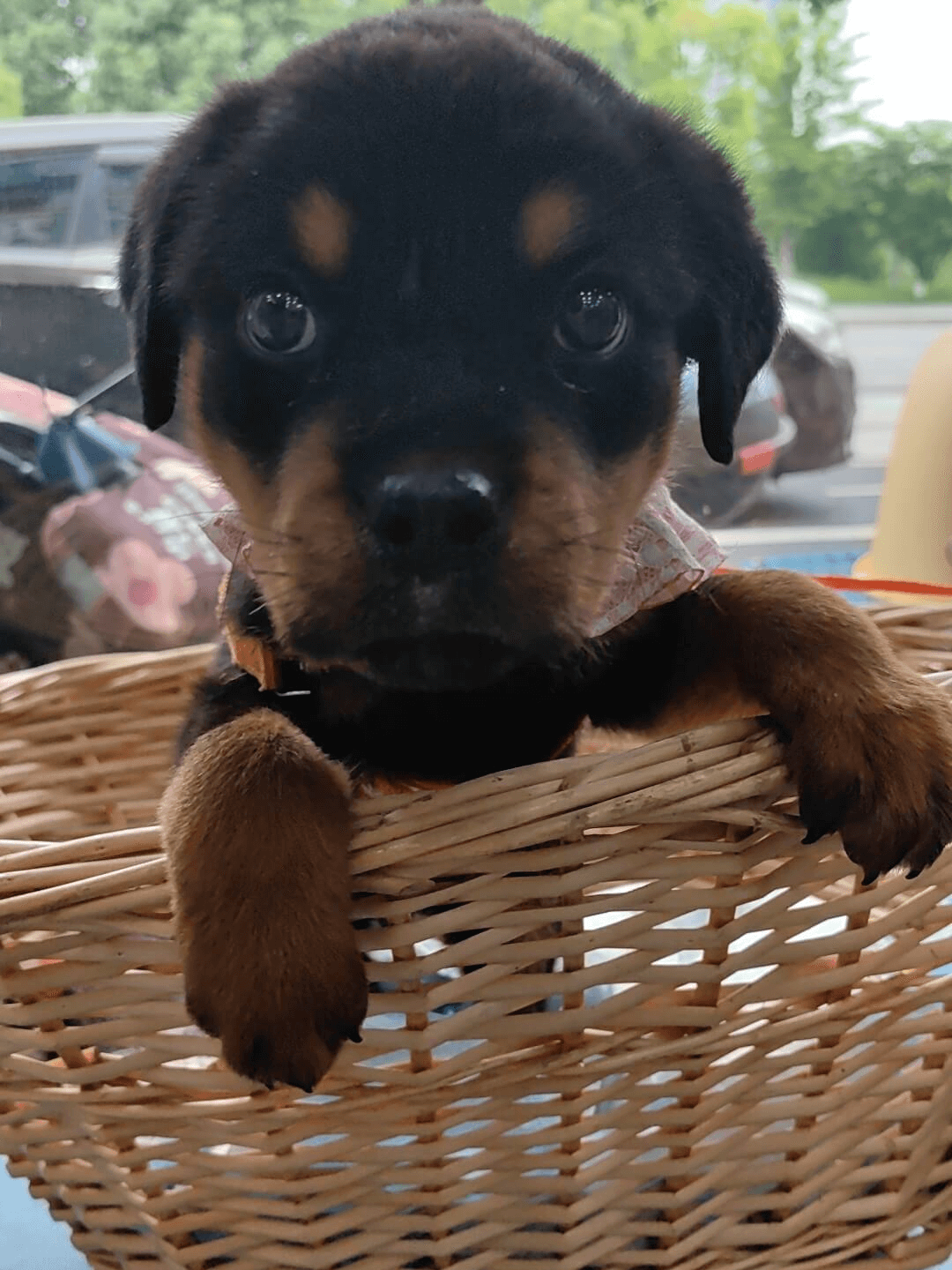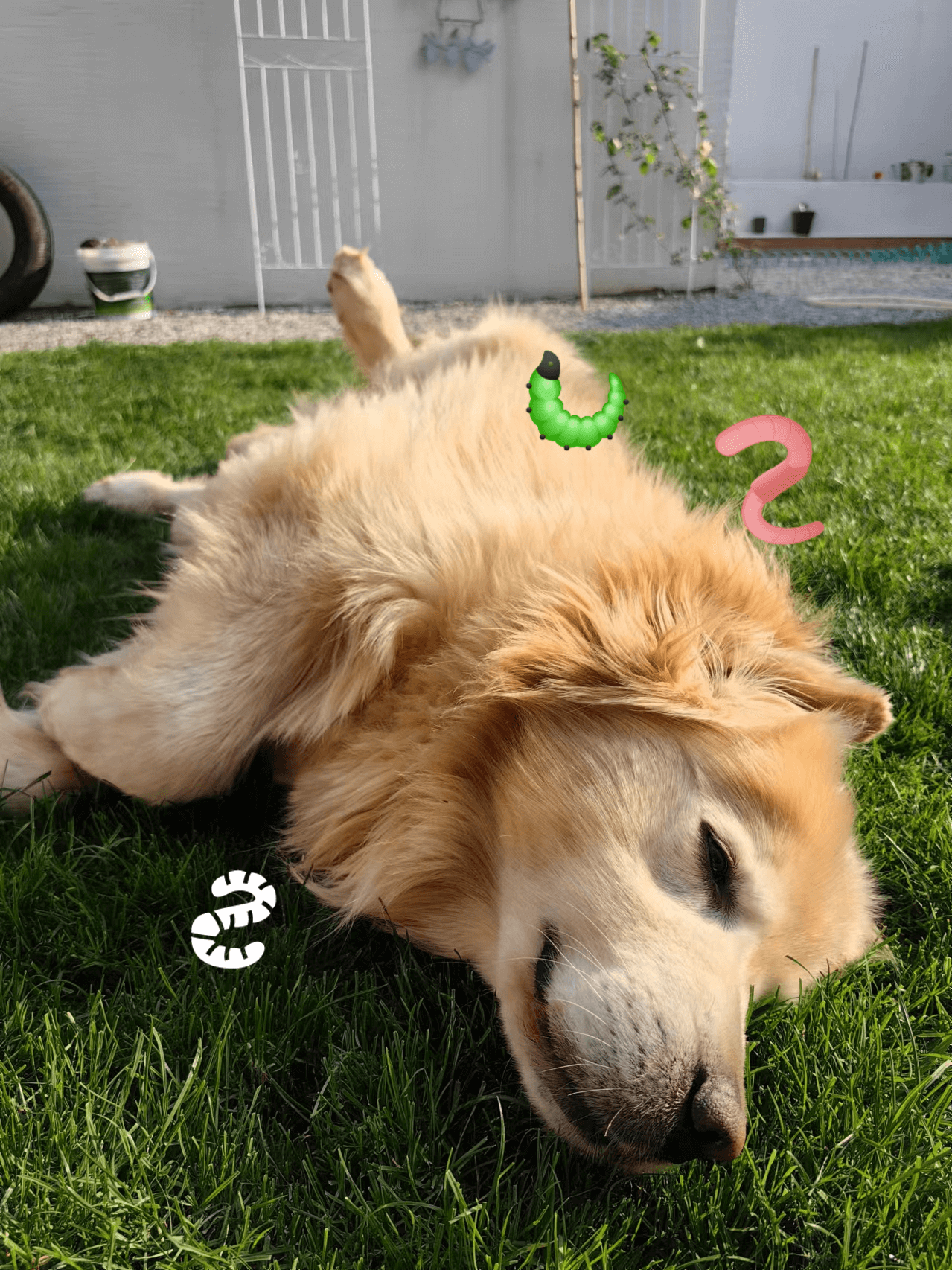Did you know that female dogs can also have their periods?
**So, for those who are raising a female dog for the first time, how should you properly take care of our furry friends during their menstrual cycle? Let's take a look together~**
🐶 **When do dogs go into heat?**
✅ **First period timing**
1. Generally, dogs will experience their first heat between 6 to 12 months of age.
2. Smaller dogs may go into their first heat around 6 to 8 months.
3. Larger dogs typically experience their first heat between 9 to 12 months.
✅ **First period symptoms**
1. The female dog's vulva will swell, and a red discharge will appear.
2. Female dogs will begin to clean their vulva and surrounding area with their tongue.
3. During their period, female dogs will be more interested in interacting with male dogs.
🐶 **Menstrual period precautions**
✅ **Period frequency**
1. Typically, a female dog will go into heat twice a year, though rarely three times. This usually happens from March to May in spring and from September to November in autumn, with the heat cycle lasting 6 to 10 days.
2. The length of the heat cycle can vary between dogs, and some may have a longer period.
⚠️If the heat period lasts more than 20 days, it might indicate an abnormality. It is recommended to go to a pet hospital for a check-up to assess hormone levels and check for ovarian cysts or endometritis.
✅ **Wearing menstrual pants**
Prepare pet-specific menstrual pants and pee pads to prevent bacterial infections. At home, both pee pads and pants are fine. When going out, use menstrual pants to prevent blood from dripping and to protect from male dogs' harassment.
✅ **Cleaning**
Use clean, warm water, a basin, and a cloth to clean the vulva daily to prevent bacterial or fungal infections. Keep the dog bed clean to avoid bacteria and parasites.
✅ **Keep warm and protect the tummy**
Ensure your dog stays warm by providing a cozy bed and blankets. Do not let your dog sleep on cold floors.
✅ **Supplement nutrition**
Similar to humans, dogs need nutritional supplements during their long menstrual periods, especially foods that boost blood. Avoid feeding them cold food. Provide nutritious, easily digestible food, and occasionally feed them vegetables or high-fiber dog food.
✅ **No baths during periods**
It’s best to avoid bathing female dogs during their period to prevent infections. Wait until the period ends before bathing.
#DogHeatCycle [Topic]# #DogPeriods [Topic]# #PuppyDiaries [Topic]# #FirstTimeDogOwners [Topic]# #DogDailyCare [Topic]# #Dog [Topic]# #DogCare [Topic]#




